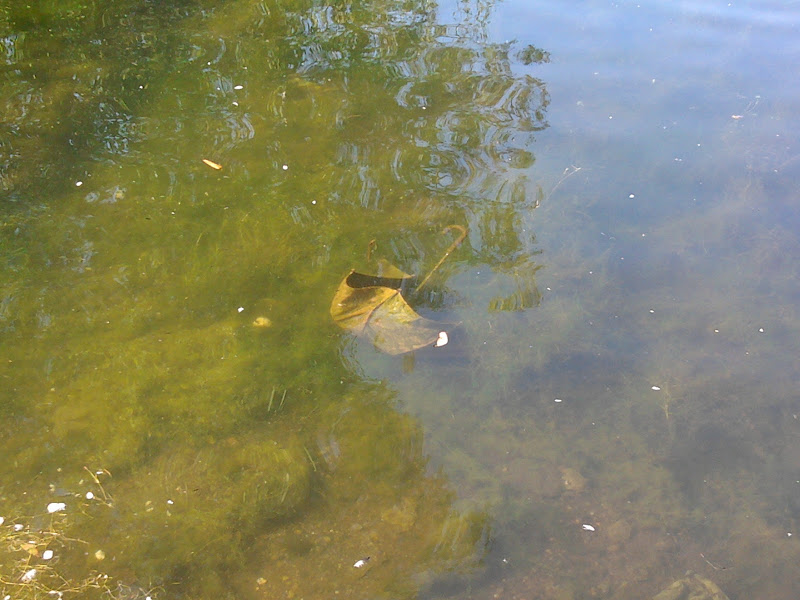Soldato
- Joined
- 31 May 2009
- Posts
- 21,503
My friends computer after taking it to "the tech guys" for a fresh windows install.
http://i56.tinypic.com/k9tnj6.jpg[IMG][/QUOTE]
Was the HDD replaced? He needs to reload the OS from his recovery CD. That's just an engineers or temporary installation.
[img]http://i200.photobucket.com/albums/aa127/TimBBB/BlackBirdQuestionMark-1.jpg




Stolen from a bodybuild.com thread. Story is that some dude is mormon and can't look at pornography, so does this (I don't believe it, but it is funny)


Space


The Engraved Hourglass Nebula (also known as MyCn 18) is a young planetary nebula situated in the southern constellation Musca about 8,000 light-years away from Earth. It was discovered by Annie Jump Cannon and Margaret W. Mayall during their work on an extended Henry Draper Catalogue (the catalogue was built between 1918 and 1924). At the time, it was designated simply as a small faint planetary nebula. Much improved telescopes and imaging techniques allowed the hourglass shape of the nebula to be discovered by Raghvendra Sahai and John Trauger of the Jet Propulsion Laboratory on January 18, 1996. It is conjectured that MyCn 18's hourglass shape is produced by the expansion of a fast stellar wind within a slowly expanding cloud which is denser near its equator than its poles.
The Hourglass Nebula was photographed by the Wide Field and Planetary Camera 2 of the Hubble Space Telescope.
A less-famous "Hourglass Nebula" is located inside the Lagoon Nebula.

That's the Hourglass Nebula

The internet has ruined me, all I see is galactic ****** =/

That is an incredible image, any infos?
The sands of time are running out for the central star of this the Hourglass Nebula. With its nuclear fuel exhausted, this brief, spectacular, closing phase of a sun-like star's life occurs as its outer layers are ejected and its core becomes a cooling, fading white dwarf. In 1995, astronomers used the Hubble Space Telescope to make a series of images of planetary nebulae, including the one above. Here, delicate rings of colorful glowing gas (nitrogen-red, hydrogen-green, and oxygen-blue) outline the tenuous walls of the 'hourglass.' The unprecedented sharpness of Hubble's images revealed surprising details of the nebula ejection process and may resolve the outstanding mystery of the variety of complex shapes and symmetries of planetary nebulae.

The internet has ruined me, all I see is galactic ****** =/
Edit: It appears that word is banned, I'll let you guess...



